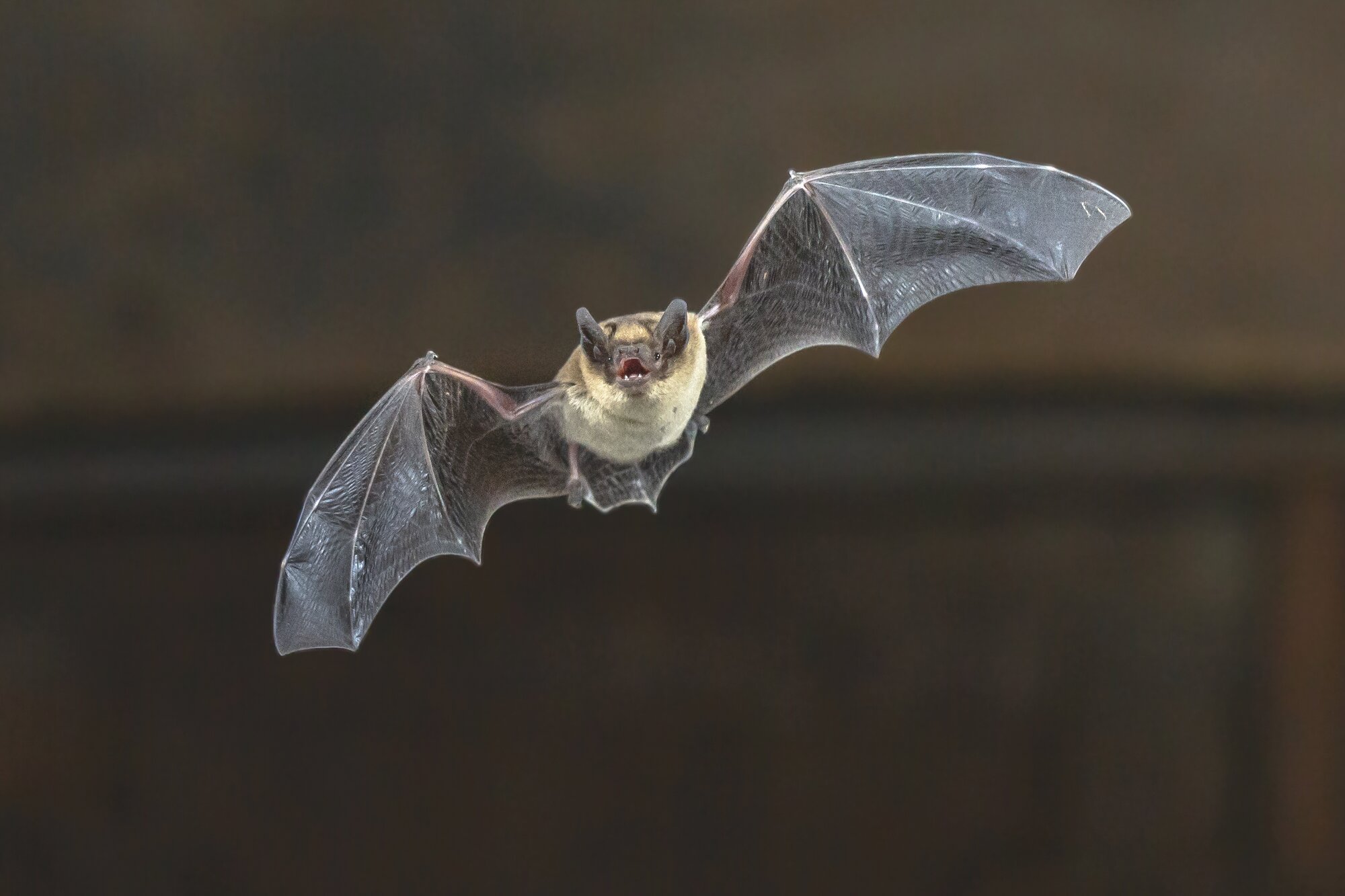DHEC shares safety tips as bat activity increases during pup season
COLUMBIA — The South Carolina Department of Health and Environmental Control rabies prevention team is encouraging residents and visitors to learn some basic safety information about bats because it is bat pup season, and increased activity in and around homes might be seen.
It is critical to know that people, especially children, can be bitten by a bat and not know it. That is because bats have tiny teeth. Bat contact/exposure should be considered when:
• People wake up to find a bat in their room;
• A bat is found where children, pets or people who are impaired by alcohol or drug use or a person with an intellectual disability have been left unattended; and/or
• A pet or person has been in direct contact with a bat.
A bat that is active by day, found where bats are not usually seen or is unable to fly is far more likely to be rabid. However, there is no guarantee that a rabid bat will behave any differently than a healthy bat, and it cannot be determined if a bat has rabies just by looking at it.
Here are some helpful and lifesaving tips to safeguard you, your family and pets:
I found a bat! What do I do?
- DON’T let it go. Bats should be safely trapped in a sealed container (i.e., Tupperware, jar with lid, small box taped shut, etc.) and kept cold, not frozen. Though less than 1 percent of the natural bat populations have rabies, if a bat is found in a living space, safely contain the bat and call DHEC at 888-847-0902 (option 2). The rabies prevention team will assist by providing a rabies risk assessment to determine if there have been any exposures and have the bat tested for rabies if needed.
— To learn more about bats, see the DHEC Bats webpage: scdhec.gov/bats.
— To learn how to safely capture a bat, see the following video: youtu.be/_YhnV5WJQBA - DO find where bats are entering or exiting the structure. Conduct a survey of your home at dusk to help identify where bats are entering or exiting.
- DO secure all potential entry points of your living spaces. Bats can fit through a quarter of an inch opening. If they are in your attic, soffits or walls, make sure they can’t get into your living space.
- DO hire an experienced wildlife control operator to help identify potential entry points and assist you in securing your family from potential bat exposures.
— To find help near you, see a list of Wildlife Control Operators found on South Carolina Department of Natural Resources’ website at dnr.sc.gov/wildlife/nuisance.html. - DON’T remove bats from May to at least mid-July, as it may increase the likelihood of pups gaining entry to living spaces, as they desperately try to find their mothers. This results in odor problems as the trapped pups starve to death and die, in often inaccessible crevices.
— After July, the pups are old enough to fly, removal can more easily be done, and bat entry/exit points should be sealed.
— Early spring (March-April) and fall (August-October) is the best time of the year to exclude bats.
— See DHEC’s Prevent Bat Intrusion & Disruption resource page for helpful tips at scdhec.gov/prevent-bat-intrusion-disruption. - DO learn more about the many ways bats benefit you. If you like coffee, tequila, rice or pecans, you can thank a bat. Bats provide $115 million in pest suppression services to South Carolina’s agricultural industry each year by consuming insects known to damage crops and forests, reducing the need for costly pesticides.
— Learn more about the 15 species of bats found in South Carolina by visiting DNR’s fact page at dnr.sc.gov/wildlife/bats/index.html.
For more information on rabies, visit scdhec.gov/rabies or cdc.gov/rabies.
More Articles to Read

